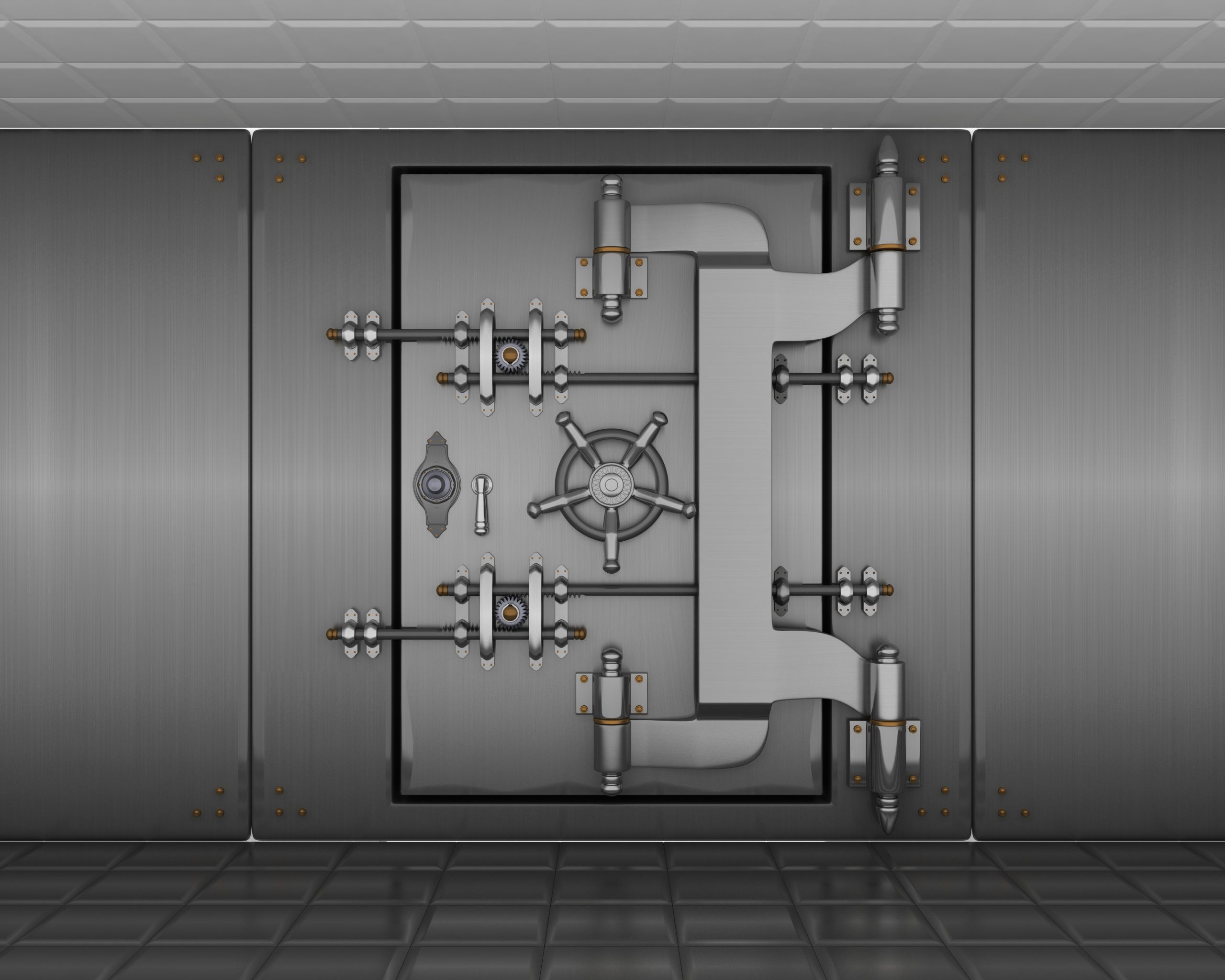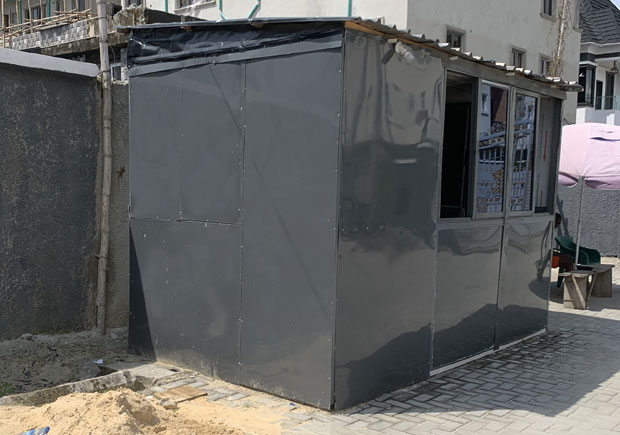In an increasingly unpredictable world, the need for secure spaces has grown more important than ever. One of such spaces includes the impenetrable bunker.
Originally designed as wartime protection shelters, bunkers have evolved into sophisticated security structures capable of withstanding not only man-made dangers but also natural disasters. Whether for personal safety, corporate security, or government use, these fortified structures offer a reliable refuge, ensuring safety and peace of mind in times of crisis.
This article explores the different types of bunker spaces, key features, and why they are crucial for security today.
What is a Bunker?
A bunker is a reinforced underground structure designed to protect its occupants from external threats such as natural disasters, explosions, chemical attacks, or even nuclear fallouts.
Modern bunkers are constructed with advanced materials and technologies to ensure maximum security and comfort. They are often built to be self-sufficient, with air filtration systems, water supplies, and power generation capabilities.
Types of Bunker Spaces
1. Personal and Family Bunkers: These are typically small-scale bunkers designed for individual families. They can be built underneath homes or in backyards and are meant to provide refuge during emergencies. Personal bunkers are usually equipped with basic necessities such as food, water, first aid supplies, and communication equipment.
2. Corporate Bunkers: In recent years, corporations have begun investing in bunker spaces to protect their employees and critical assets. These bunkers are typically located near headquarters or data centers and are equipped with advanced security measures to safeguard sensitive information and personnel.
3. Community Bunkers: Larger than personal bunkers, community bunkers are designed to accommodate multiple families or a small community. These underground spaces often have shared resources and amenities, such as communal kitchens, bathrooms, and medical facilities.
4. Military and Government Bunkers: These are highly fortified structures built by governments or military organizations. They are designed to withstand extreme threats, especially nuclear attacks. These bunkers often house critical command centers, communication hubs, and secure storage for essential resources.
Key Features of a Secure Bunker
1. Reinforced Structure: The core of any bunker is its reinforced structure. Typically built from concrete, steel, or other high-strength materials, bunker walls are designed to withstand extreme forces, including blasts and heavy impacts.
2. Air Filtration Systems: To protect against chemical, biological, or radiological threats, modern bunkers are equipped with air filtration systems that ensure clean, breathable air. These systems can filter out contaminants and provide oxygen for extended periods.
3. Power Generation: A secure bunker must be self-sufficient when it comes to power. This can be achieved through the use of generators, solar panels, or battery systems. Redundant power sources are often used to ensure that the bunker remains operational even if one source fails.
4. Water Supply and Filtration: Access to clean water is essential in a bunker. As a result, many bunkers are equipped with water storage tanks and filtration systems that can purify water from external sources if necessary.
5. Food Storage: Bunkers are typically stocked with non-perishable food supplies that can last for months or even years. Some bunkers also incorporate hydroponic systems for growing fresh produce.
6. Communication Systems: Staying connected with the outside world is crucial during an emergency. Bunkers are often equipped with satellite phones, radios, and other communication devices that allow occupants to stay informed and call for help if needed.
7. Security measures: In addition to structural fortifications, some bunkers, especially military bunkers, may be fitted with high-tech security features such as biometric access checks, surveillance systems, etc. These measures help to restrict access and protect occupants from external threats.
Why Bunker Spaces are Crucial for Security
Several factors contribute to why bunker spaces are crucial for security. They include:
1. Global Uncertainty: Geopolitical tensions, terrorism, and the potential for large-scale natural disasters are leading factors that drive the need for bunker spaces. Because bunkers provide a safe refuge from these threats, they are crucial for ensuring security.
2. Protection of Critical Assets: Many important assets, such as sensitive data, valuable resources, or military equipment, require safeguarding from destruction in dangerous situations. Bunkers serve as safe storage for such purposes, making them crucial in securing these assets from theft, sabotage, or destruction.
3. Self-Sufficiency in Emergencies: Since bunkers can be well equipped with essential resources like food, water, power, and air filtration, they make surviving for extended periods possible. Their ability to store food and other basic resources makes them crucial in emergency situations.
Clearly, bunker spaces should be a vital component of modern security planning. Whether for personal, corporate, or governmental use, they offer much-needed protection. With careful design and preparation, bunkers can provide a safe haven during times of crisis, ensuring the safety and well-being of their occupants. As the world becomes more unpredictable, the role of bunker spaces in safeguarding lives and assets is likely to become even more prominent.
Redcity specializes in designing and building impenetrable and fortified bunker spaces. You can request a quote here to build your very own bunker with us. Also, feel free to check out our other products and services here.
To check out more exciting news and updates, visit our blog here. You can also visit our newly launched YouTube channel here to check out more exciting content. And follow us on Instagram @redcityestate for any important announcements.What are your thoughts on bunker spaces being crucial for security? Comment below.


